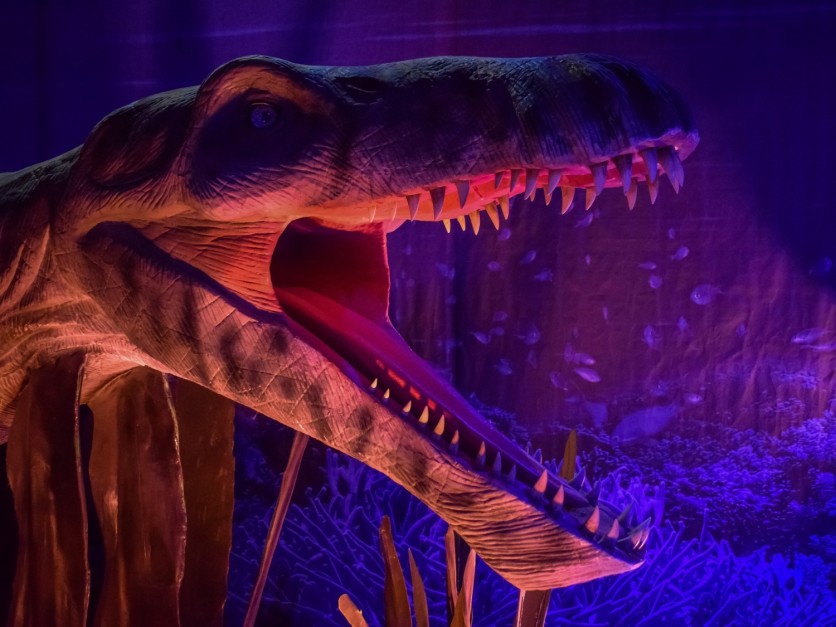Who knew that a random beach stroll could lead to the discovery of a long-extinct sea monster? And this is exactly what transpired in this groundbreaking discovery.
According to Newsweek, the most complete fossil of a colossal sea monster that roamed the oceans some 150 million years ago was found last year during a casual stroll along the beach.
A fossil enthusiast stumbled upon the skull of a pliosaur, an ancient carnivorous marine reptile, in April 2022 while walking along the Jurassic Coast, a World Heritage Site along the English Channel coast of southern England.

Skull of Extinct Sea Monster Found
A skull belonging to a pliosaur, which measures about six-and-a-half feet in length, is now considered one of the most complete specimens of its type ever found.
The discovery was made public recently and is set to be featured in an upcoming documentary titled "Attenborough and Jurassic Sea Monster," starring renowned British historian and biologist David Attenborough.
Local paleontologist Steve Etches, who has been collecting fossils for over 40 years and operates The Etches Collection Museum of Jurassic Marine Life in Kimmeridge, Dorset, said the discovery is akin to finding an "underwater T-Rex."
Etches emphasized the fossil's uniqueness, citing its completeness wherein the lower jaw and upper skull are fused, replicating their natural alignment. Such detailed specimens are rare worldwide, with many discoveries lacking certain elements. Despite slight distortion, every bone is present in this fossil.
The sea monster unearthed belongs to the pliosaurs, which existed from 220 to 70 million years ago. Although they shared traits with dinosaurs, pliosaurs were not dinosaurs. They were known as ocean-dwelling carnivorous marine reptiles.
The skull, adorned with 130 razor-sharp teeth, exemplifies the predatory prowess of the pliosaur. These teeth feature fine ridges at the back, enabling the creature to tear through flesh effectively and allowing for a rapid second attack if necessary.
Etches detailed that his friend, Phil Jacobs, first spotted the skull in April 2022, protruding from a cliff shingle near Kimmeridge Bay. Recognizing its significance, Jacobs enlisted Etches' help, and together, they created a makeshift stretcher to transport the colossal fossil.
Read Also : Archaeological Discovery: 'Ivory Lady' in Ancient Spanish Tomb Rewrites History, Challenges Gender Roles
'Third Eye' of Pliosaur
The skull, longer than the height of most humans, was hidden along the coastline, marked with a piece of wood, and carried about one-and-a-half miles over a rocky shore using the improvised stretcher.
Etches, reflecting on the groundbreaking nature of the discovery, noted that academics have expressed keen interest in studying the pliosaur's features and dissecting its significance.
The fossil has revealed new insights, particularly in identifying a large sagittal crest at the rear of the skull, indicating potential dimorphism between male and female sexes.
The creature was also found to have a parietal eye, also known as a third eye, extending from the back of the skull to about one-third towards the snout that may have helped it locate prey.
Related Article : Moss Piglet Found Trapped in 16-Million-Year-Old Fossilized Amber | Best-Imaged Fossil Tardigrade as Per NJ Institute of Technology





